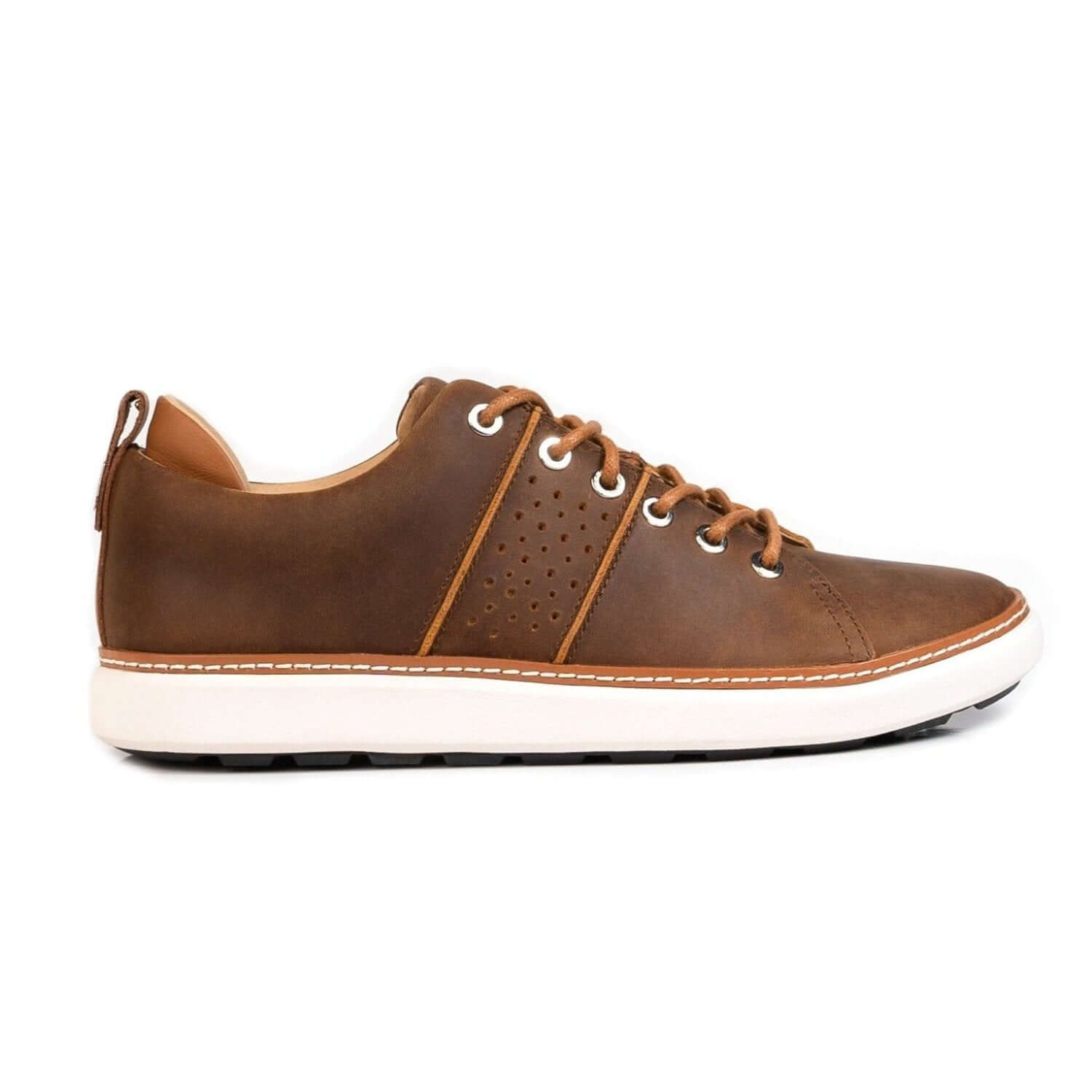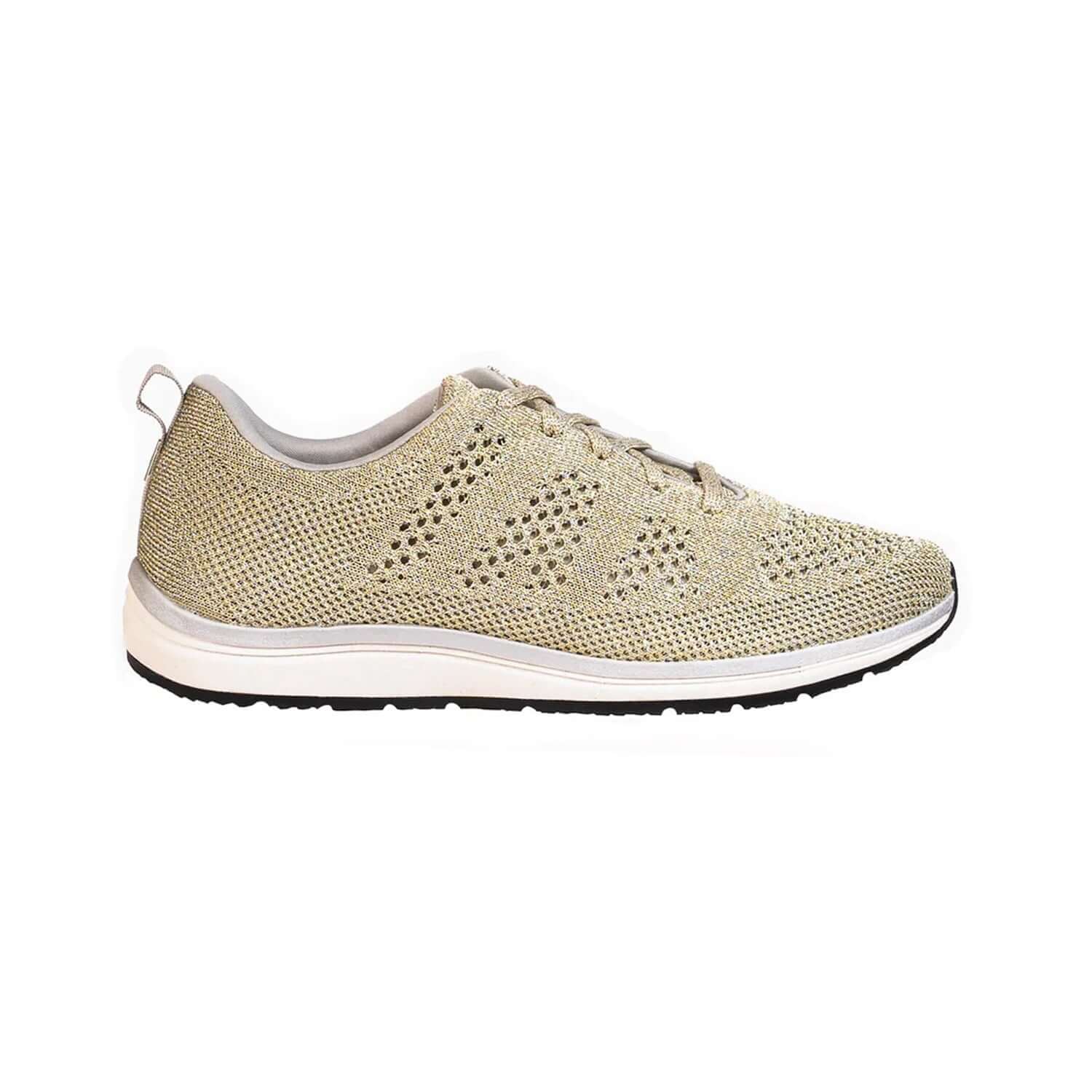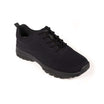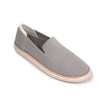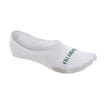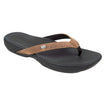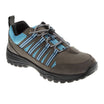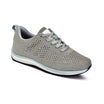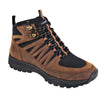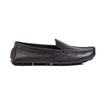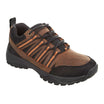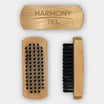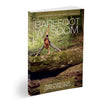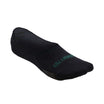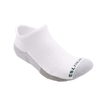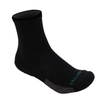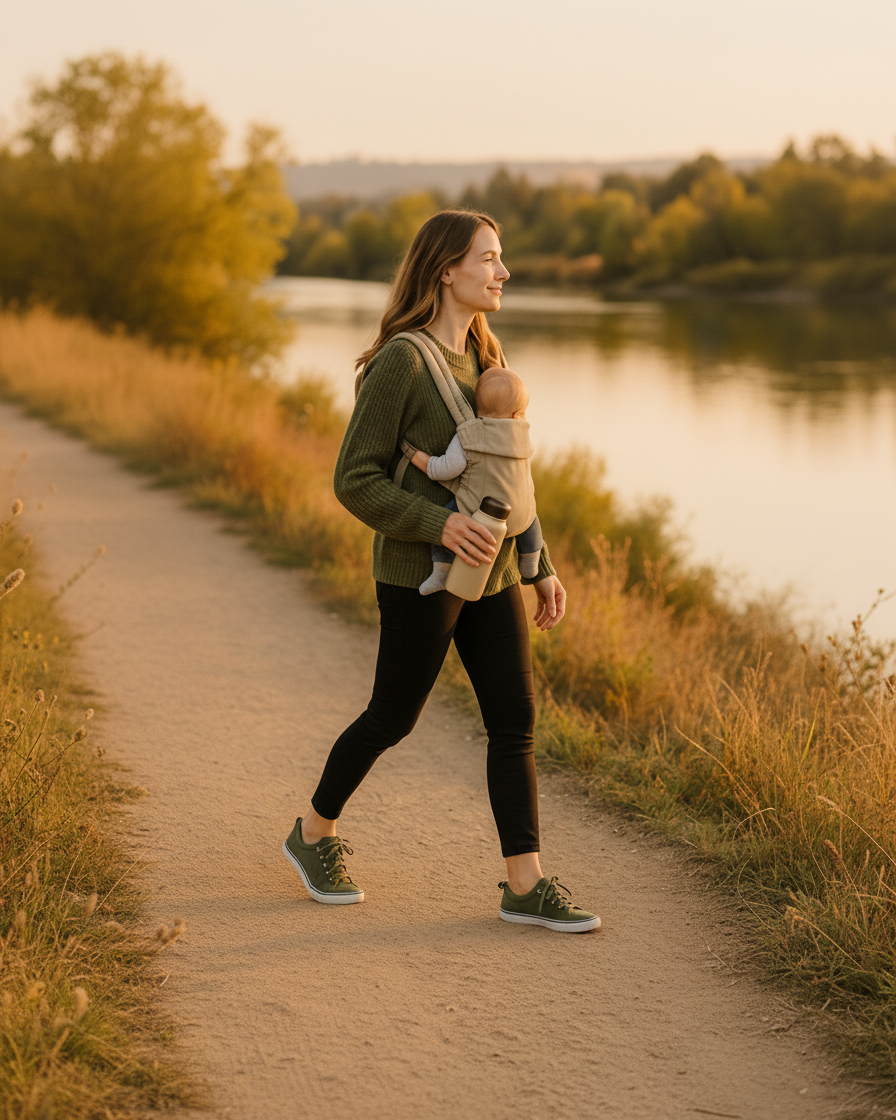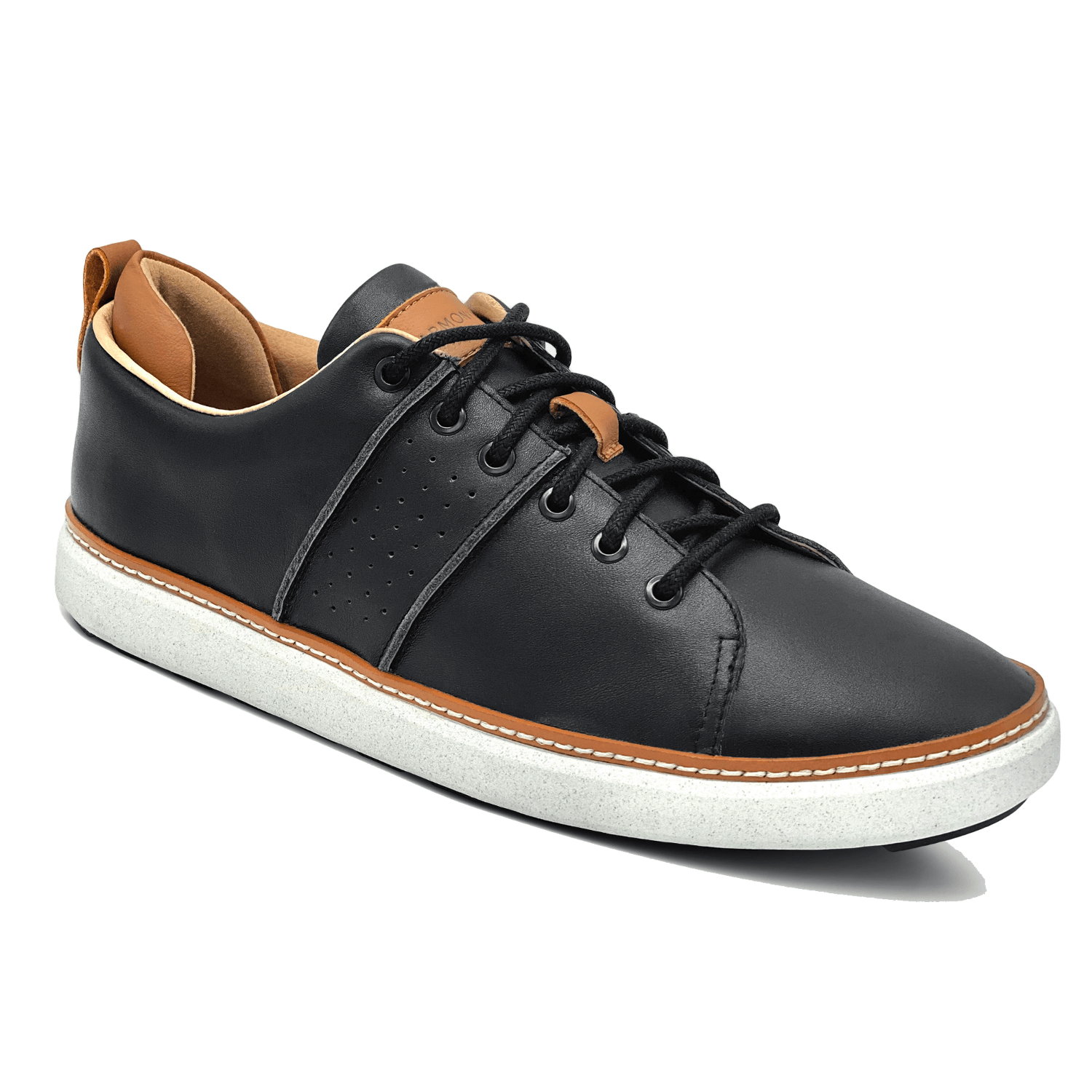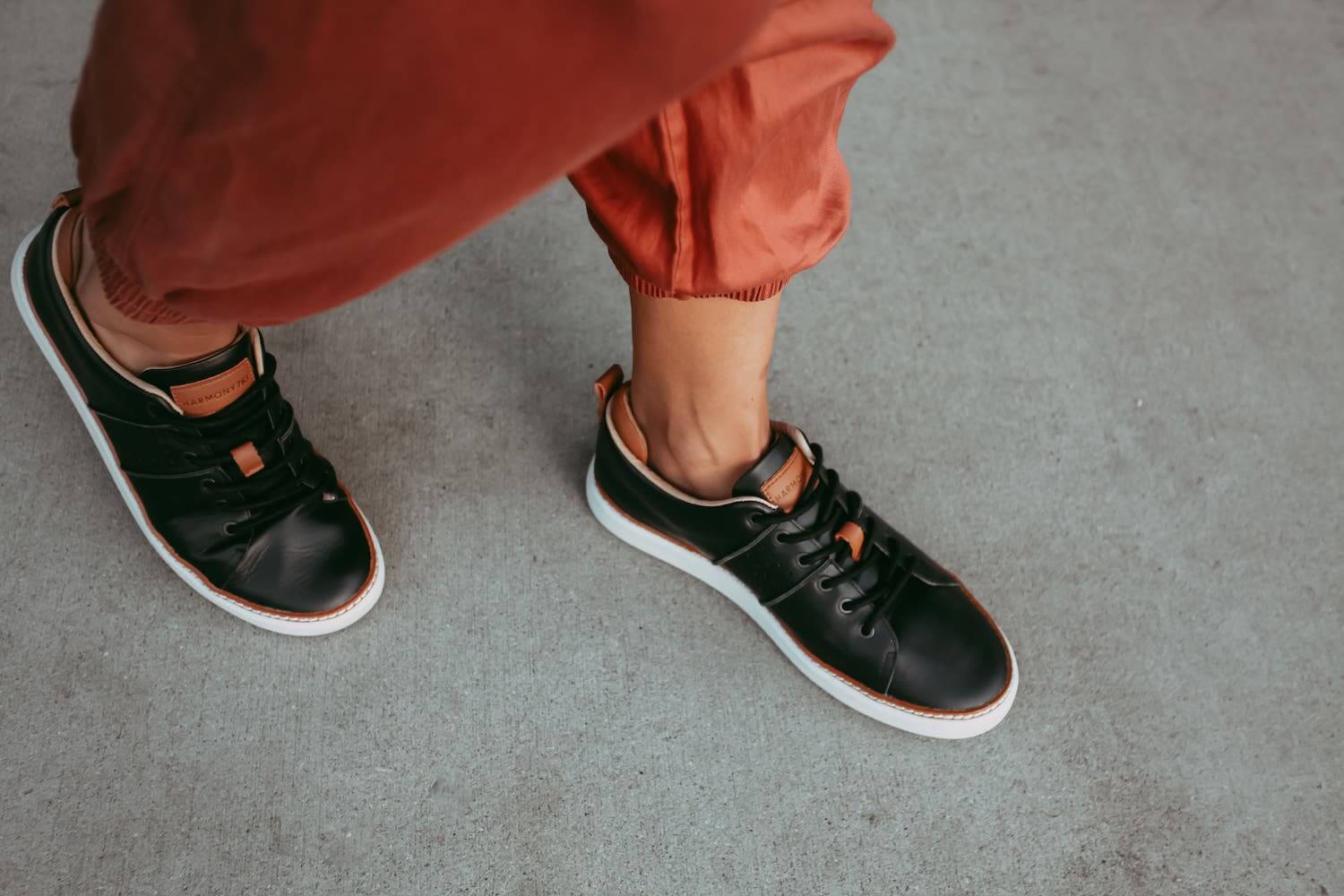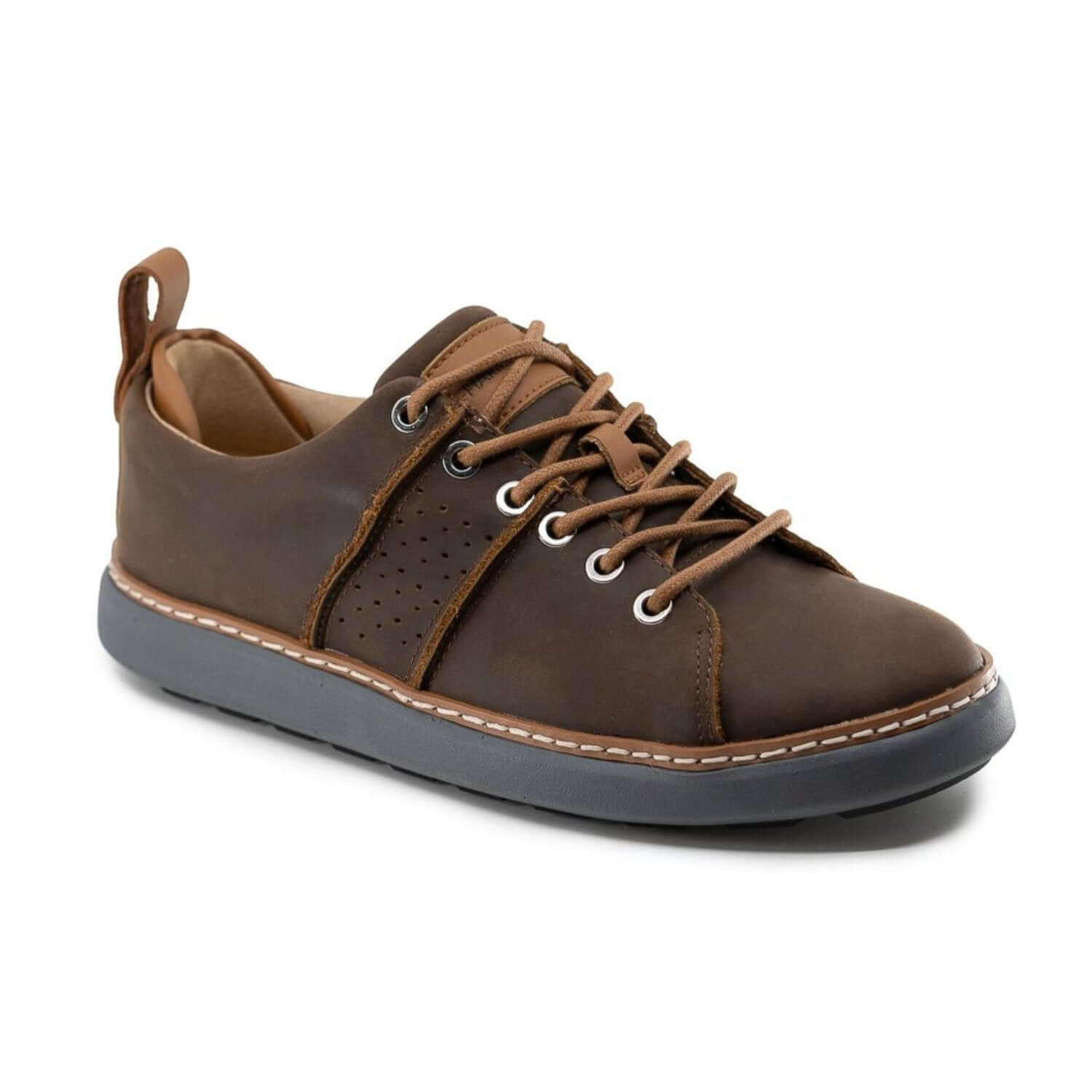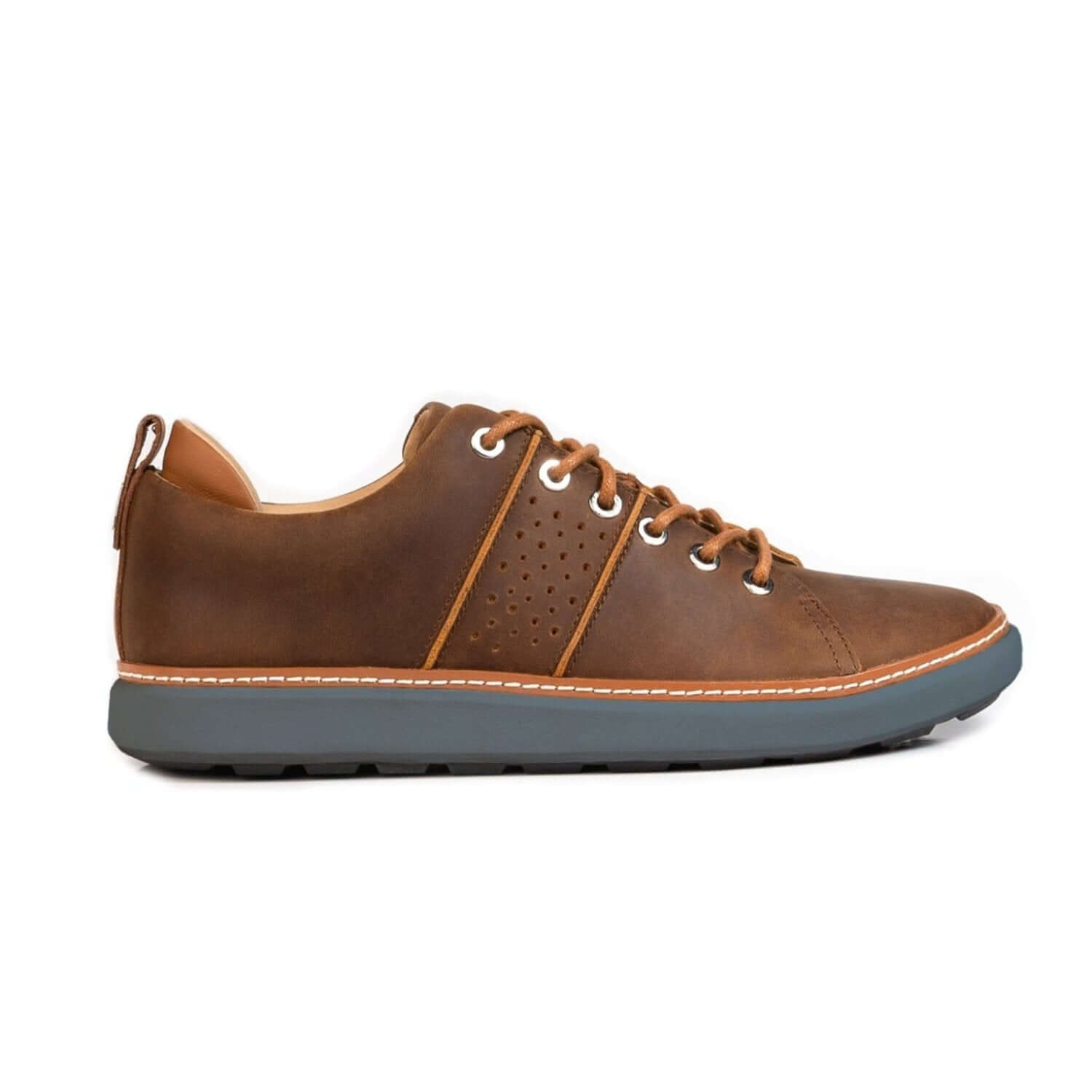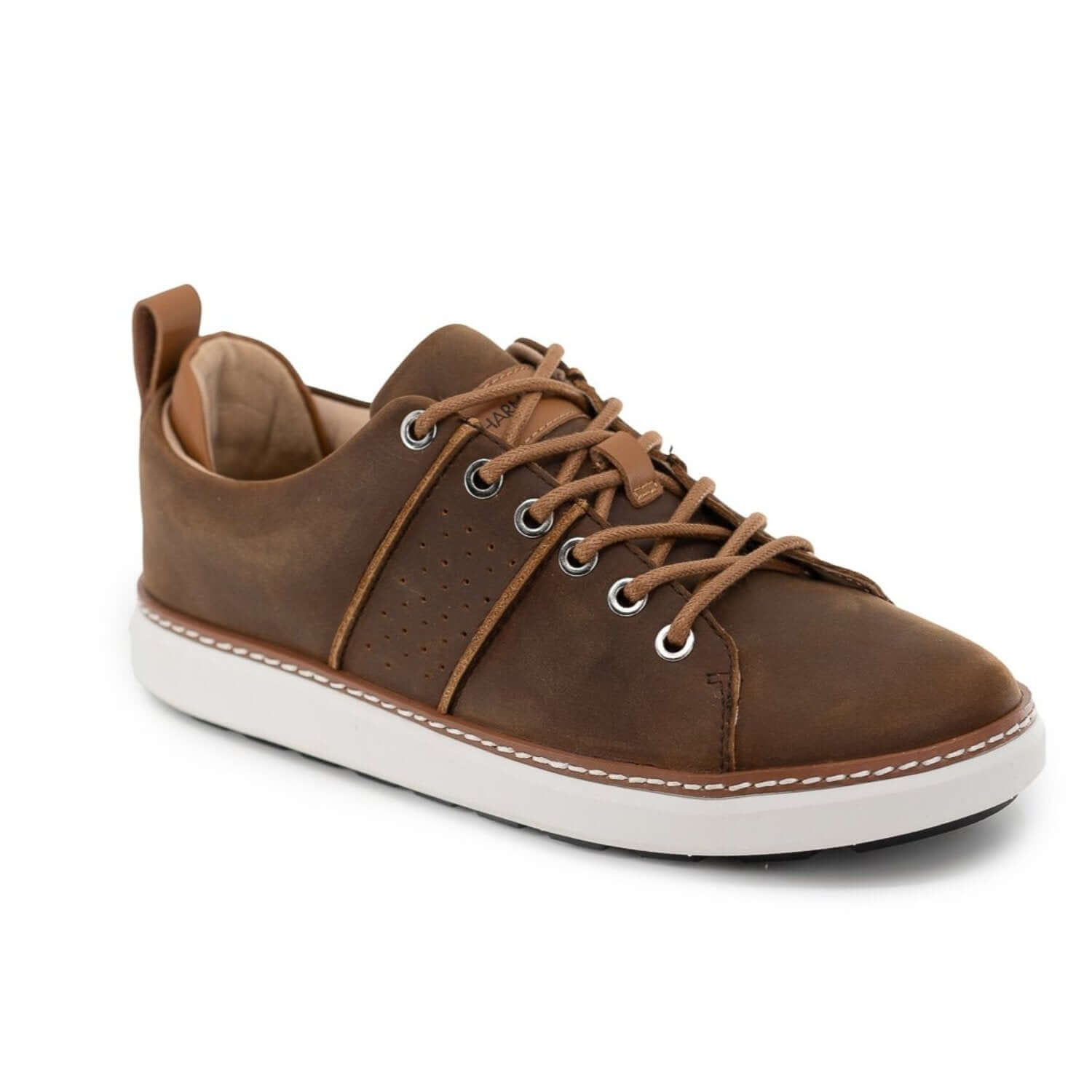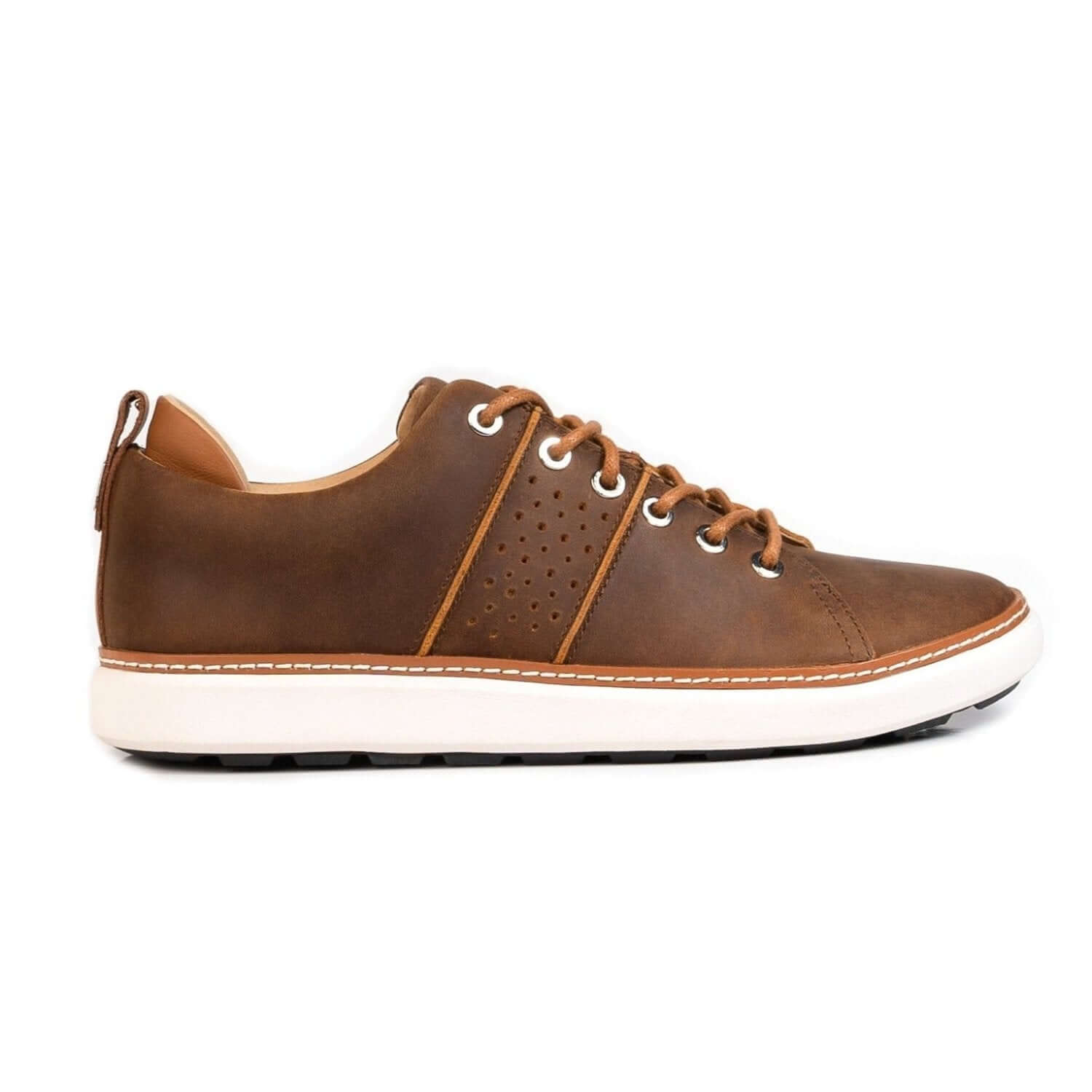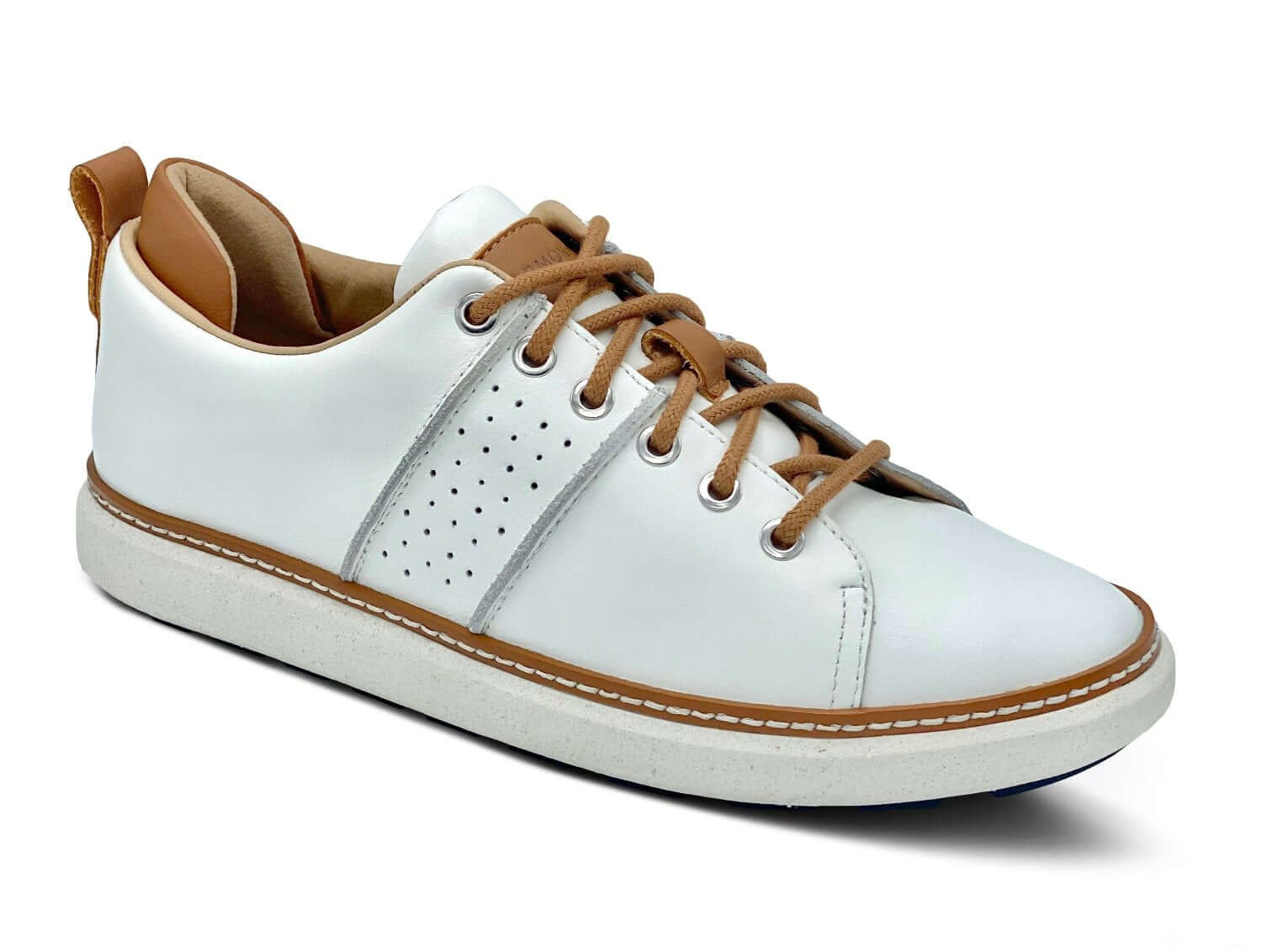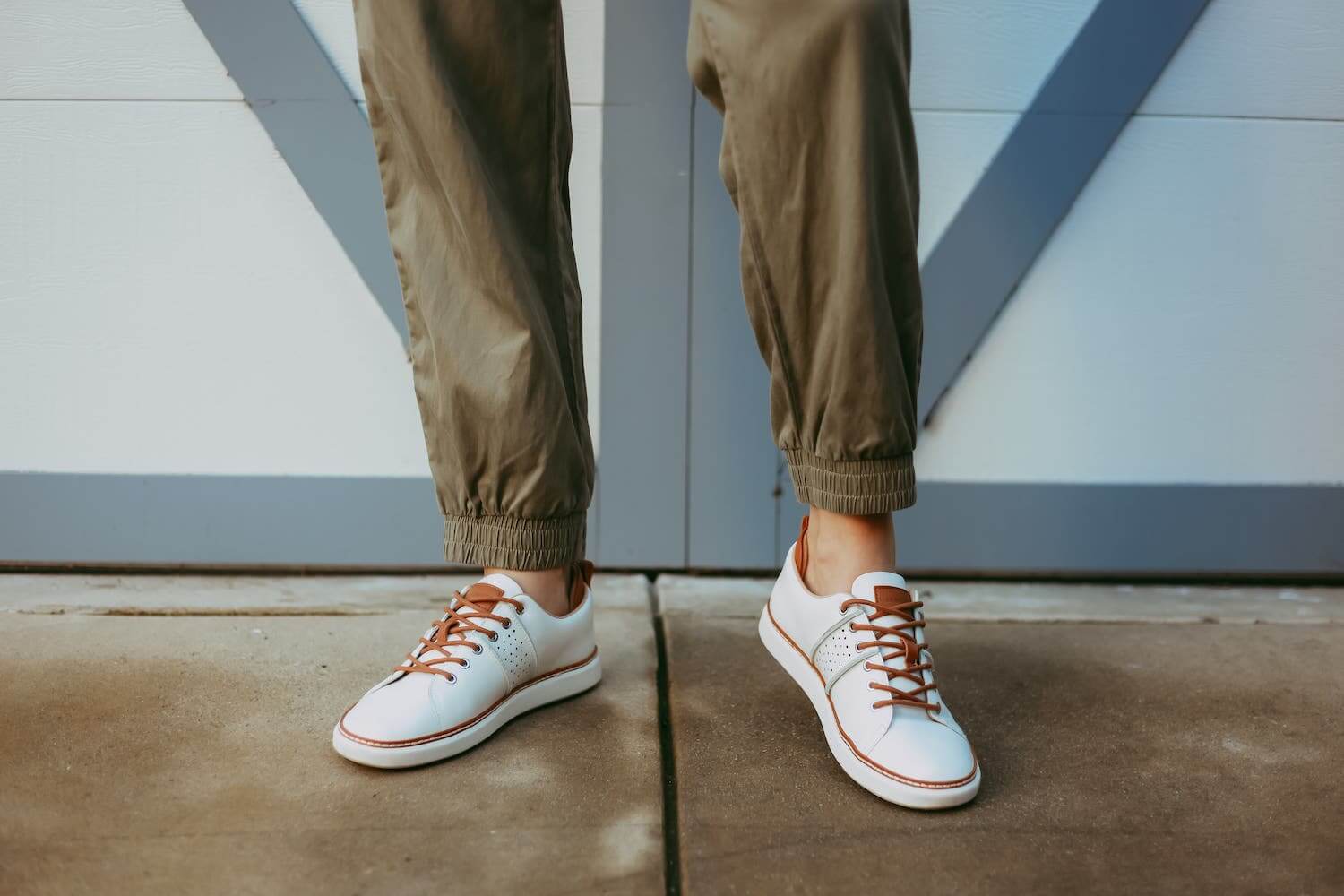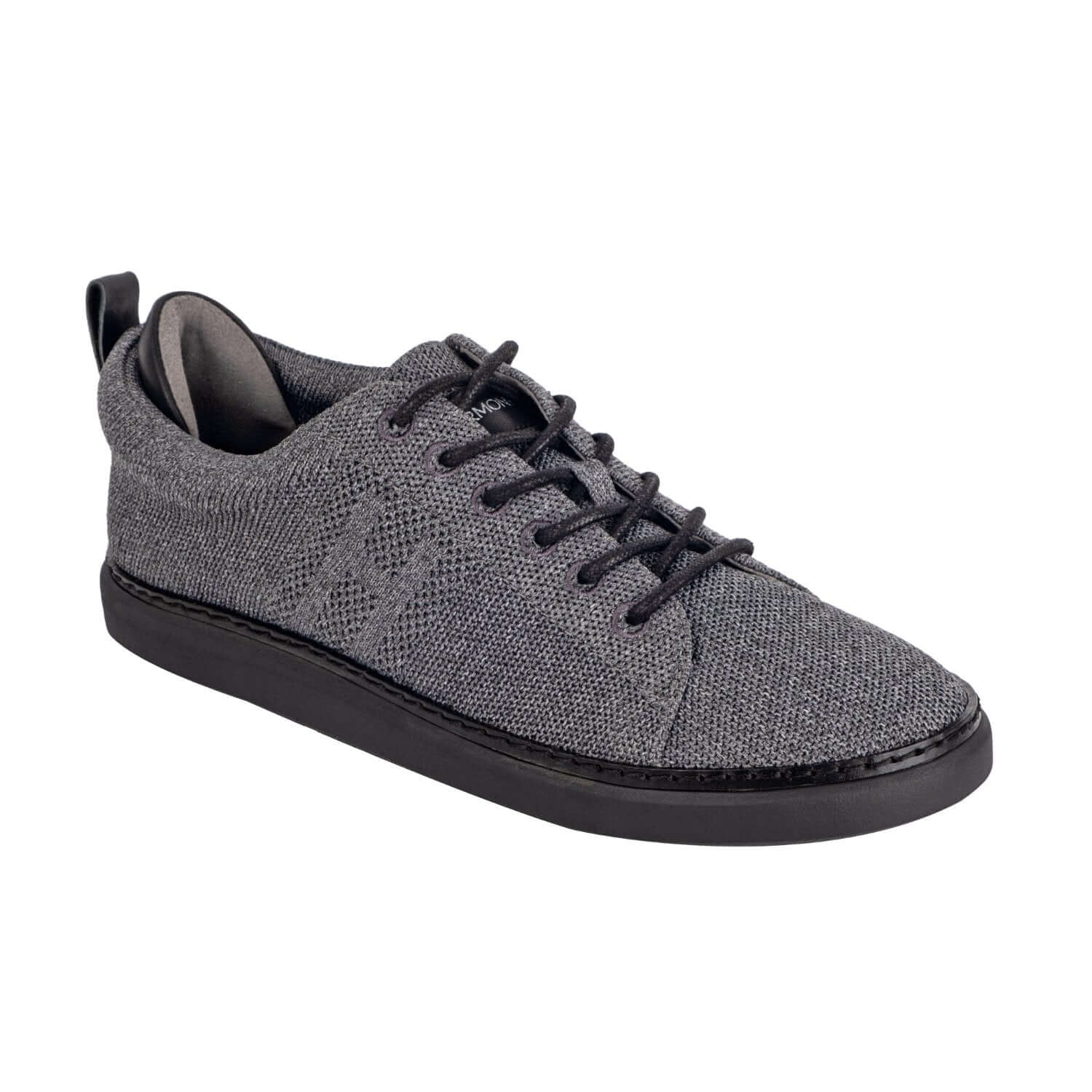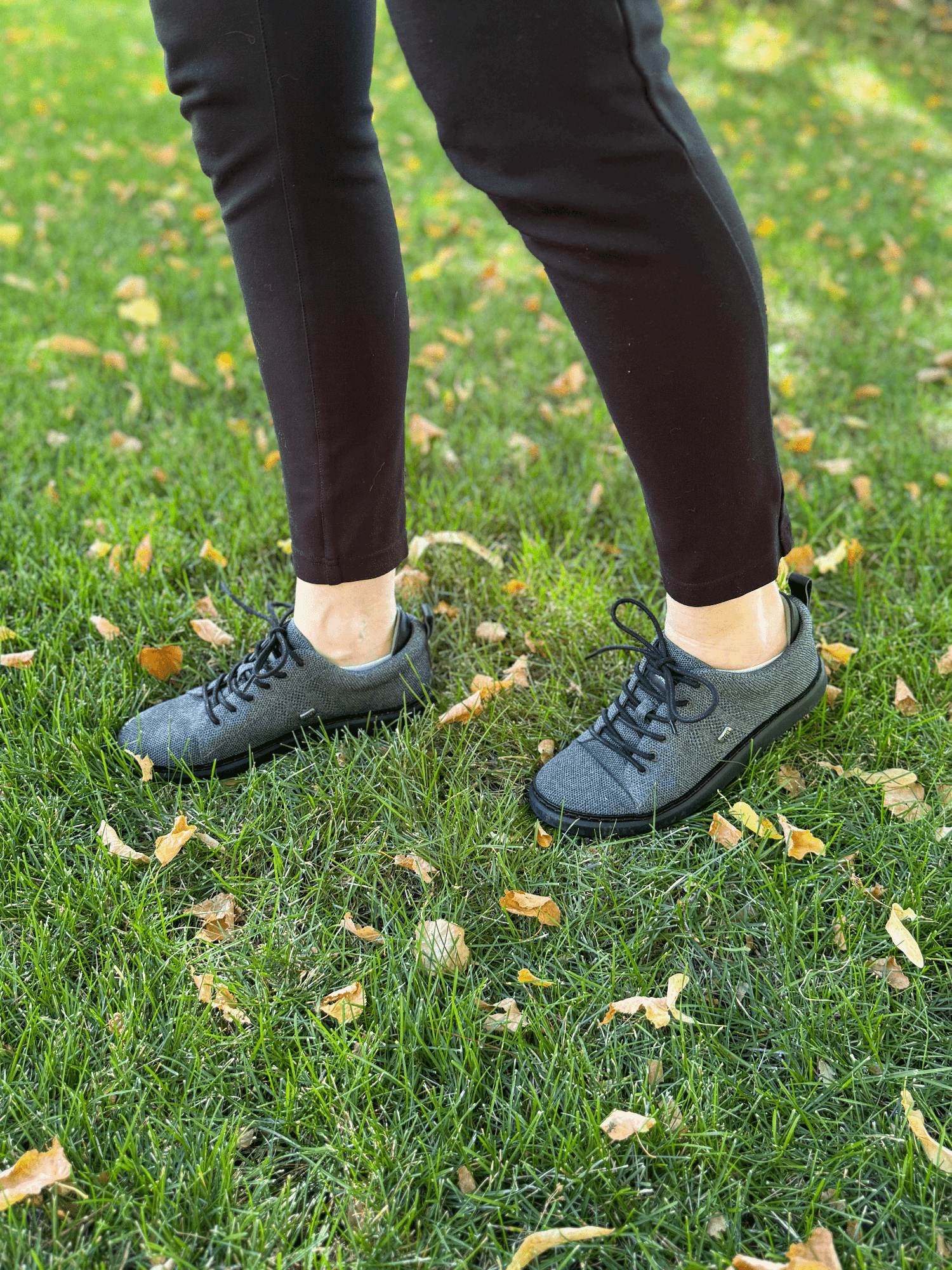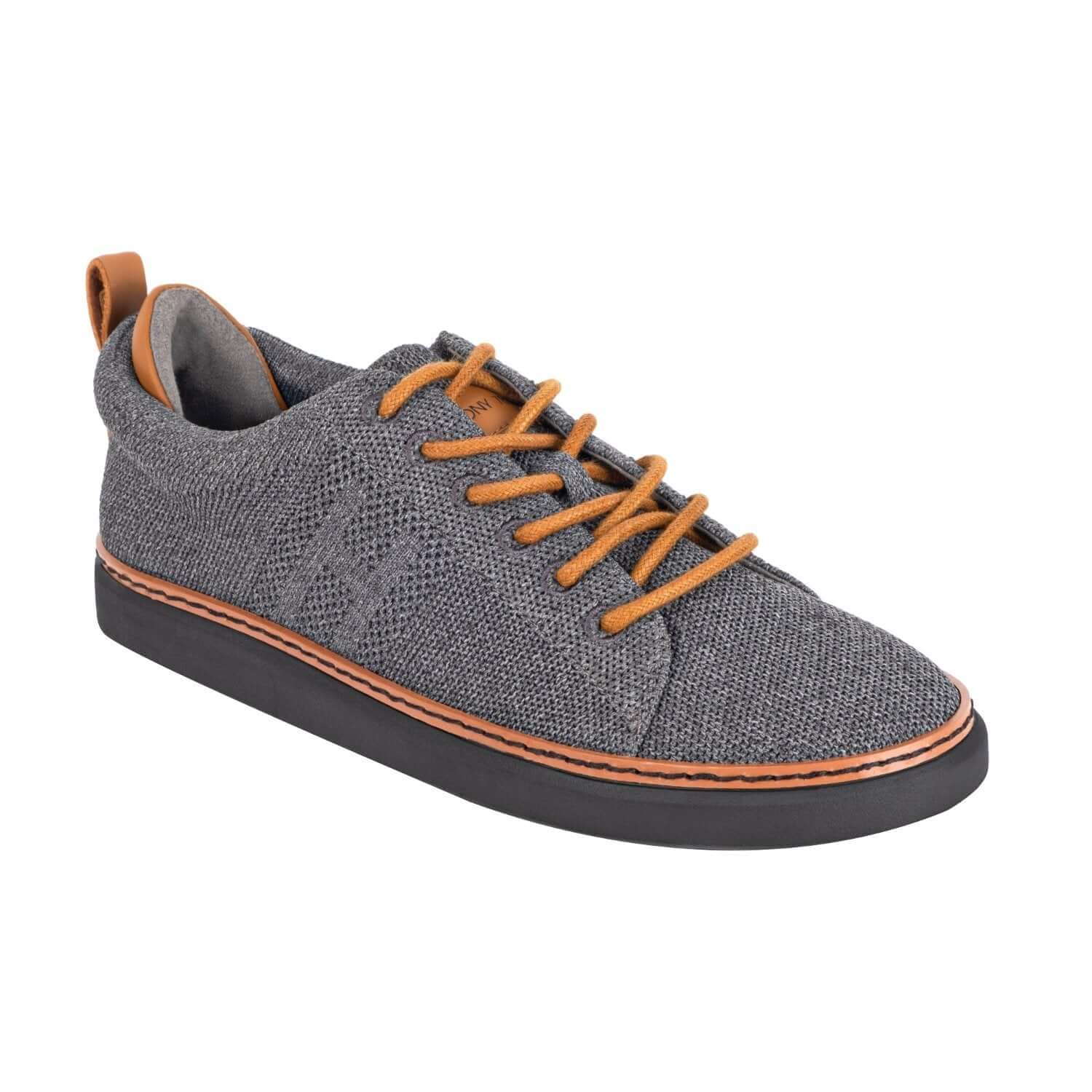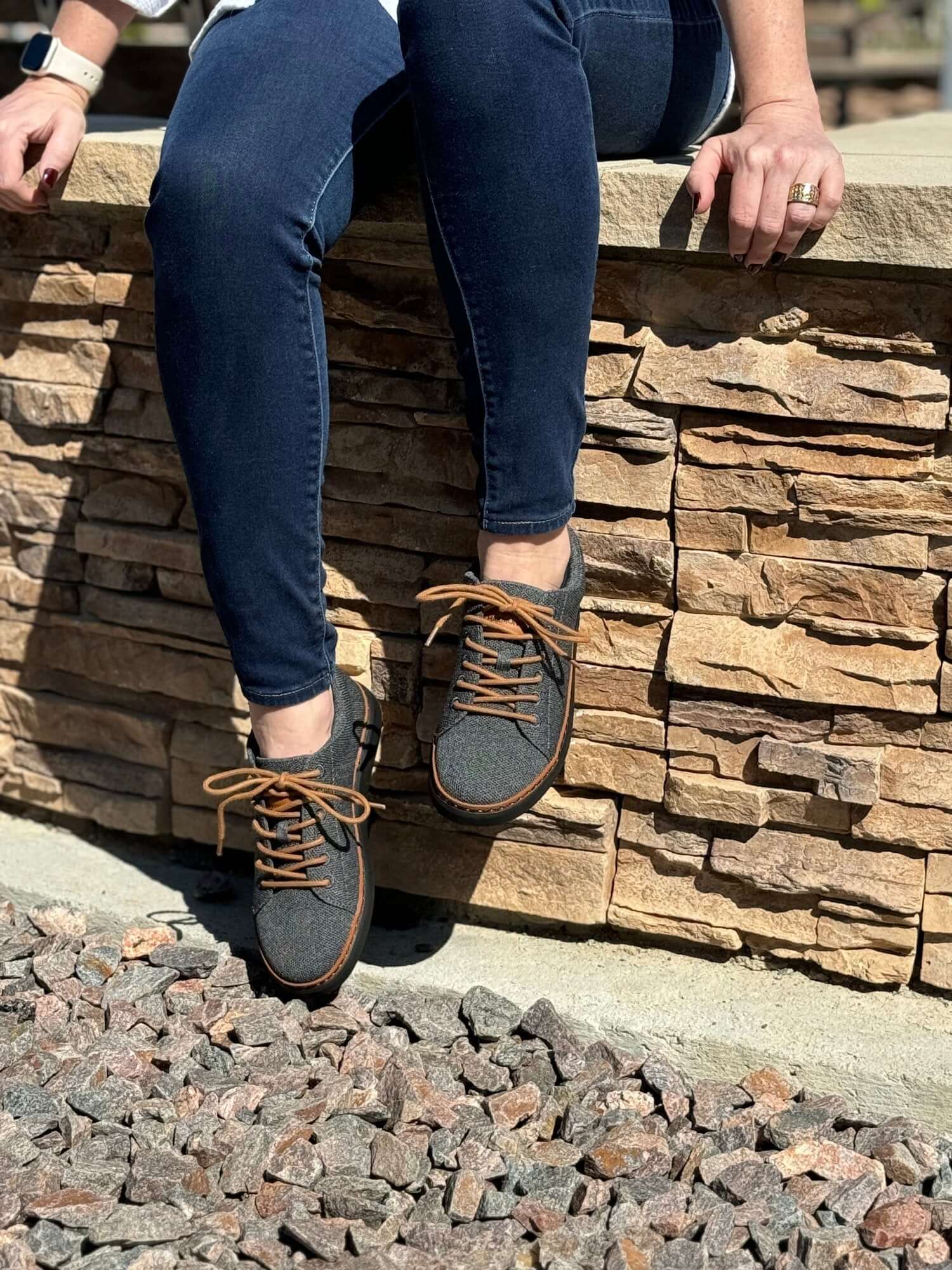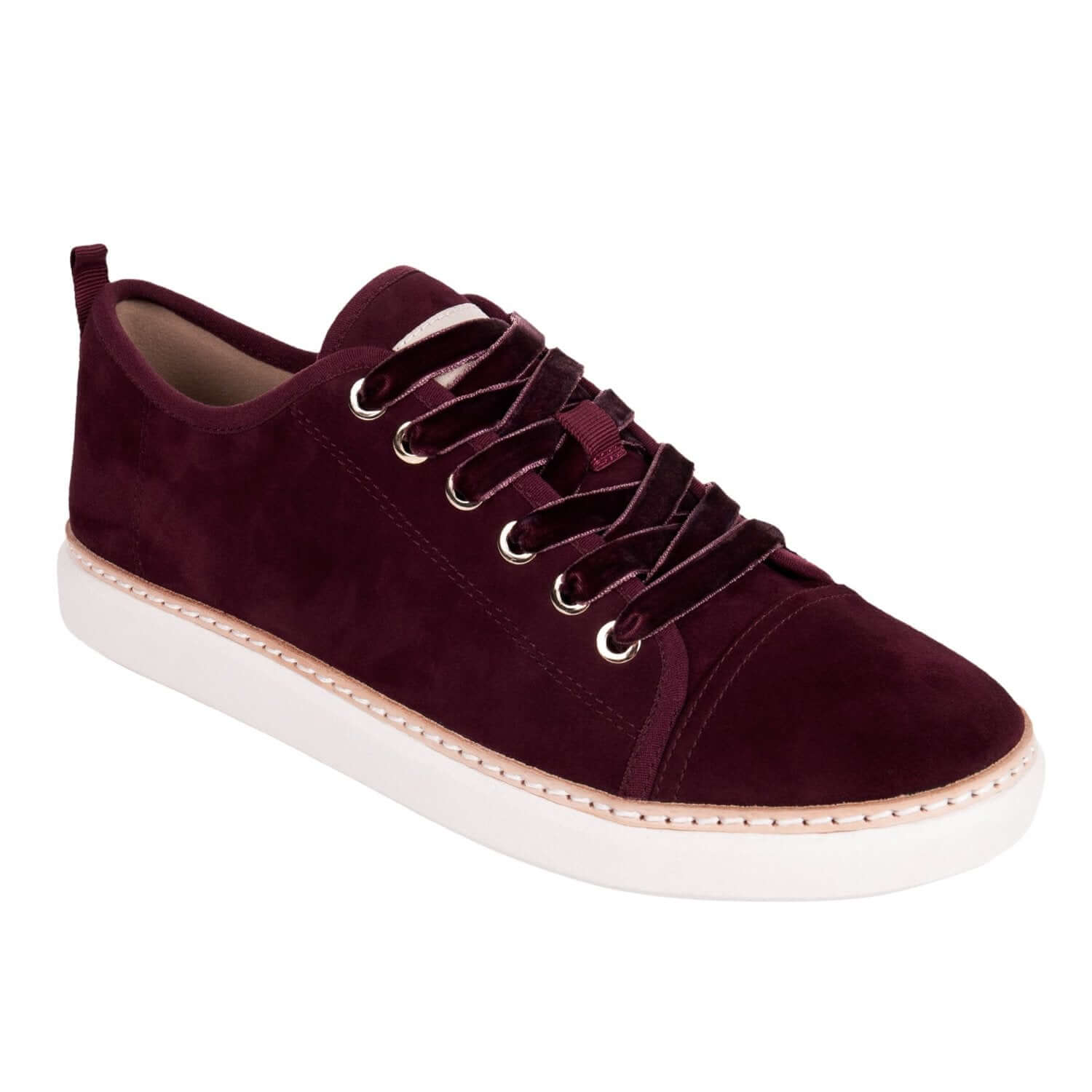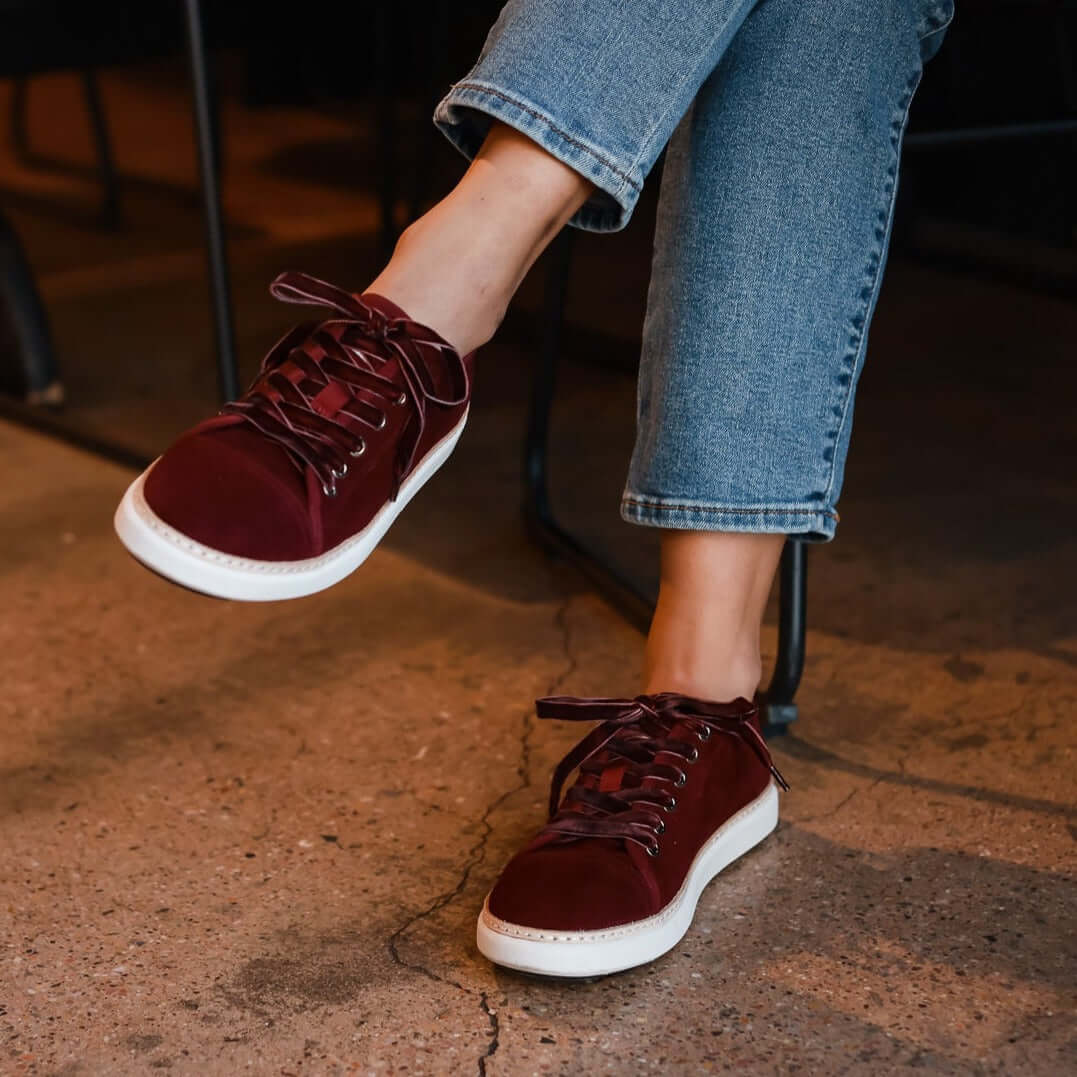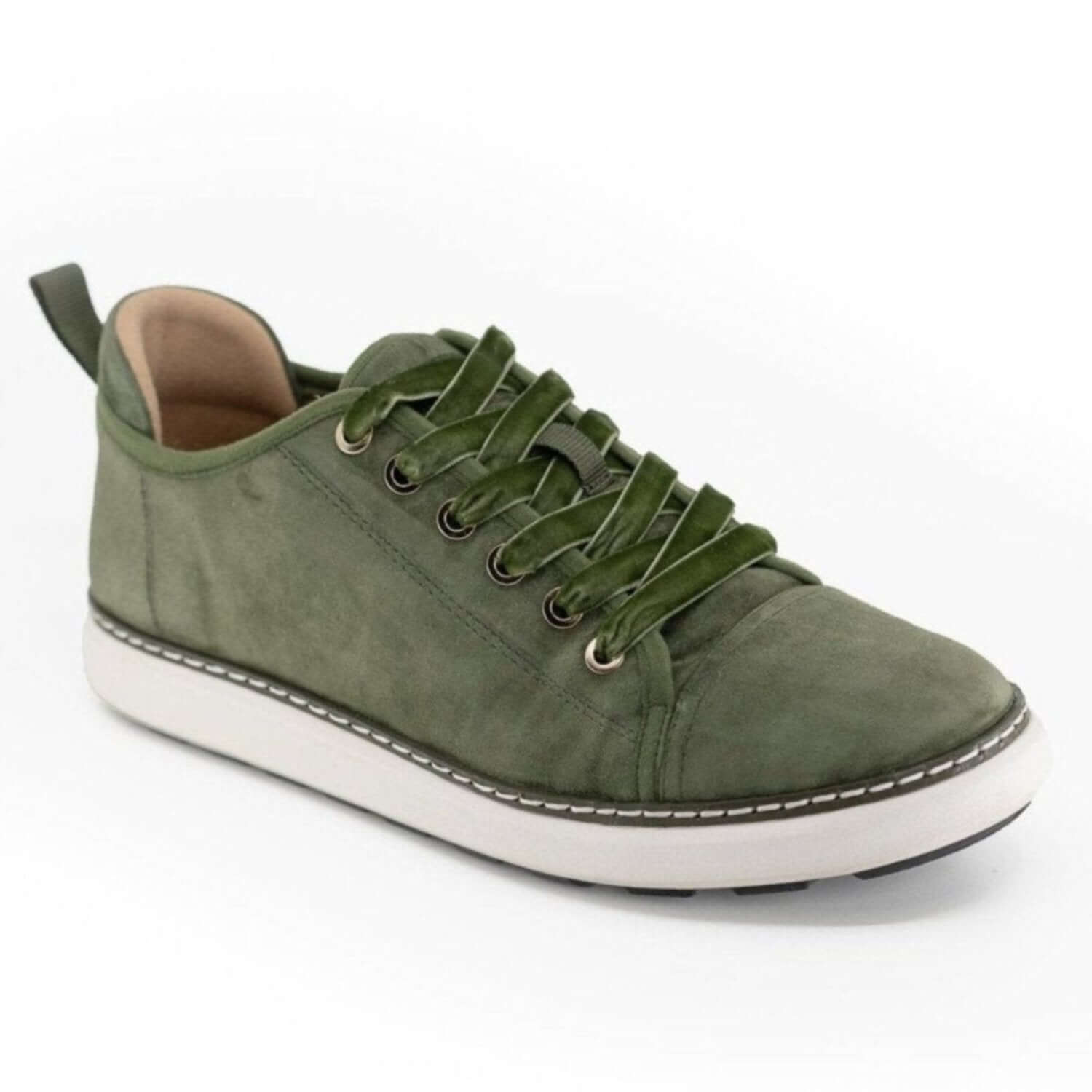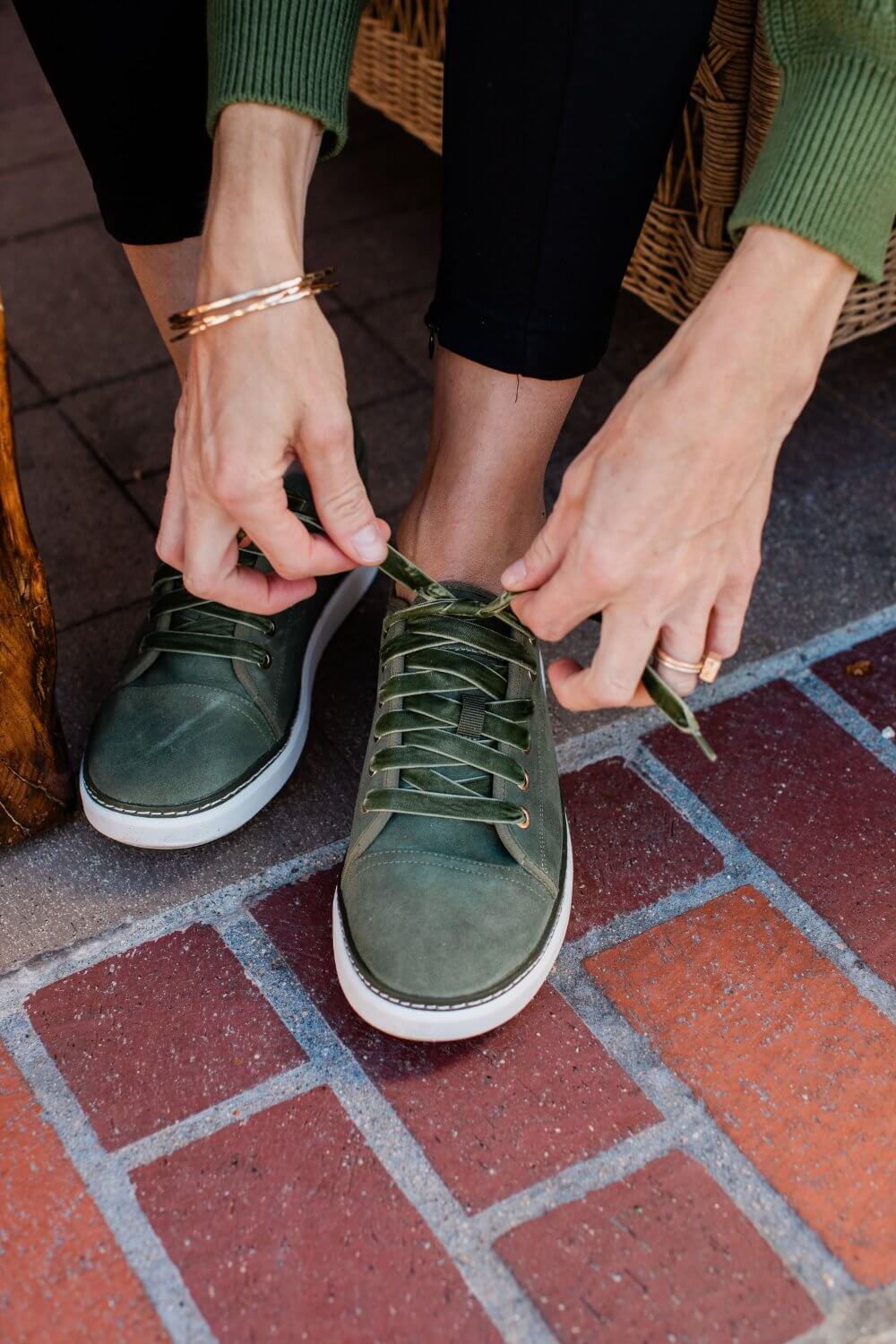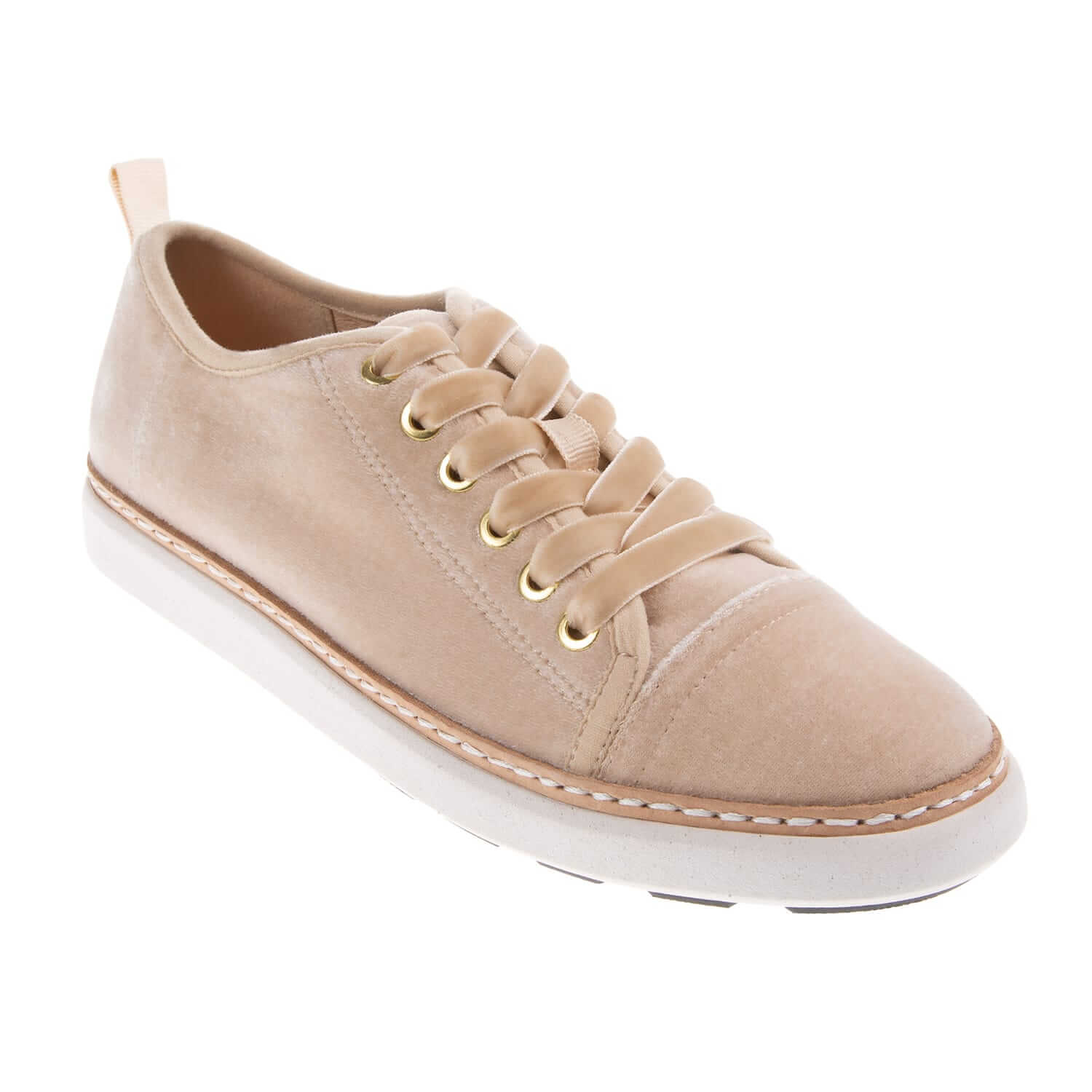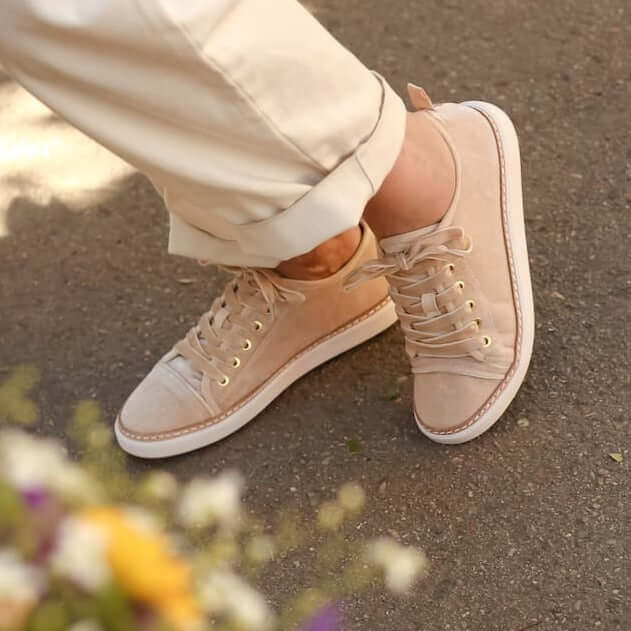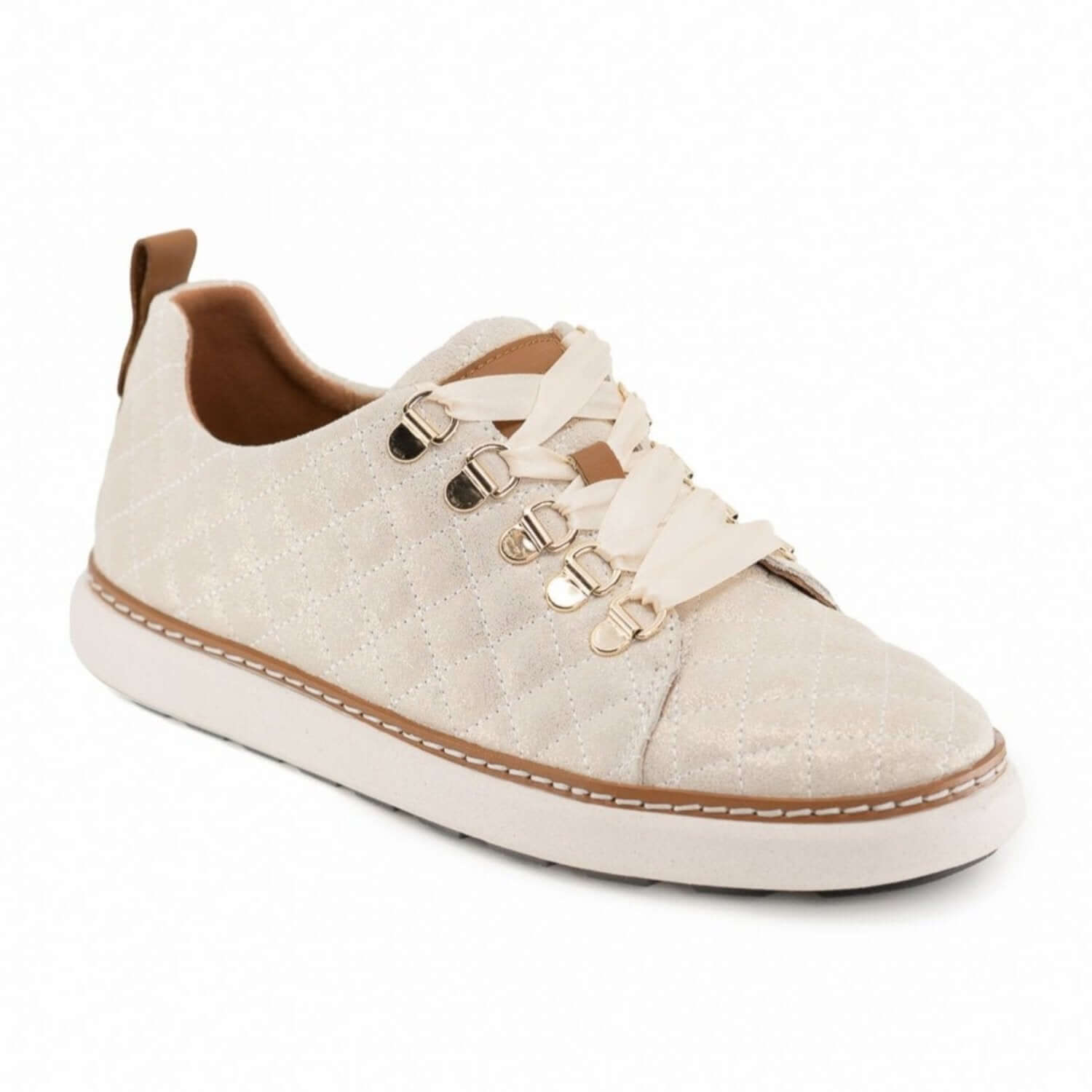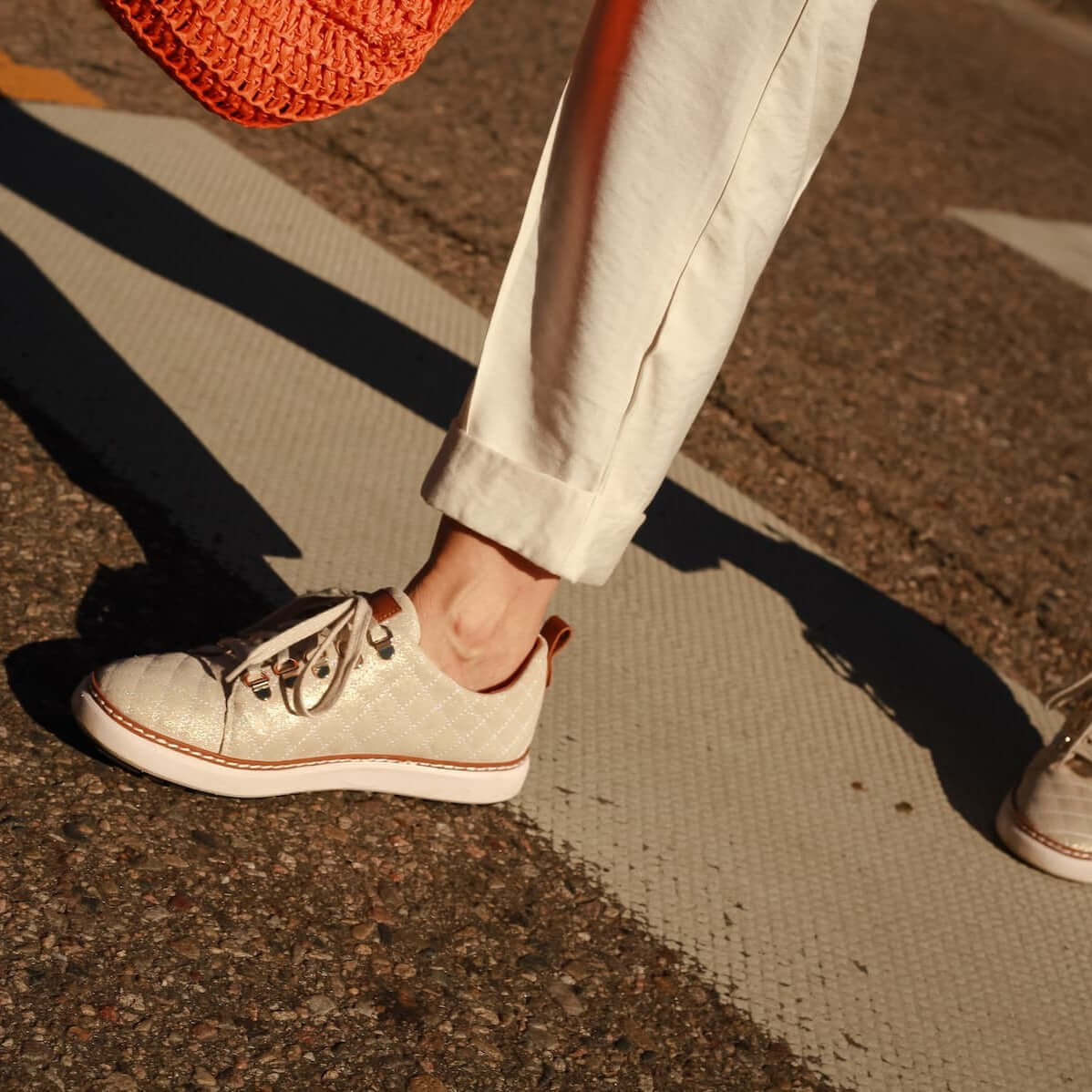Autumn Roots: Grounding Yourself This Fall Anywhere, Anytime
There’s something magical about autumn: the leaves turning, the light softening, the air cooling. It’s a season of transition, of turning inward, of shedding what no longer serves. As nature grounds, it’s a perfect time for us to amplify our own sense of rootedness.
No matter where you live—city, suburbs, desert, tundra—you can practice grounding in ways that fit your context. In this post, we’ll explore why grounding (or “earthing”) is gaining attention, what the science says (cautiously), and a menu of autumnal grounding practices you can do wherever you are.
What Is “Grounding” — And Why Does It Matter?
At its simplest, grounding (sometimes called earthing) refers to having direct physical contact with the Earth—walking barefoot on soil, grass, sand, or rock. Alternatively, it can include the use of conductive mats or devices that theoretically connect your body to the Earth’s electrical field. Care.com
Proponents believe that when our bodies are electrically “in sync” with the Earth, negative electrons flow from the ground into us, helping neutralize free radicals and reduce oxidative stress. Dr. Kiltz
What the Science Suggests
To be clear: grounding is not (yet) a substitute for medical care. The research is preliminary, with small sample sizes, methodological gaps, and room for stronger controls. But the emerging findings are intriguing and powerful:
| Benefit | What Studies Report |
|---|---|
| Reduced inflammation & pain |
Some studies have shown decreased inflammatory markers, white blood cell activity, and subjective pain reports. |
| Better sleep & normalized cortisol rhythms |
A small trial had participants sleep while “grounded” and found improvements in sleep and a more normalized diurnal cortisol curve. |
| Reduced stress, improved autonomic balance |
Grounding may shift the autonomic nervous system toward parasympathetic dominance (the “rest & digest” mode). |
| Improved blood flow, heart health, blood viscosity |
There are reports of reduced blood viscosity (meaning blood flows more easily), improved red blood cell behavior, and improved circulation. |
| Faster wound healing / recovery |
Some exploratory studies suggest grounding may boost recovery and healing rates. |
A 2025 randomized, double-blind trial using earthing mats also found reductions in stress, insomnia severity, and daytime sleepiness. ScienceDirect
The bottom line: the evidence is promising, and because grounding is low-risk in most settings, it can be a worthwhile complementary practice. But it’s not a panacea or standalone treatment.
Why Fall Is a Rich Time to Practice Grounding
Seasonal transition invites inwardness. In autumn, nature slows. The shift toward shorter days, cooler air, and the falling of leaves naturally creates a rhythm of reflection. Grounding practices can mirror this turning inward.
Sensory richness. The smells of damp earth, crunch of leaves underfoot, crisp breeze—all of these sensory stimuli help root your awareness.
Temperature and habit. As it cools, many people are tempted to retreat indoors. Making a conscious effort to still engage the earth—even briefly—can counterbalance seasonal inertia.
Symbolism of shedding & transformation. Just as trees release leaves, grounding can help you “drop” what you no longer need (stress, mental chatter) and stay anchored.
How to Ground Yourself This Fall—Anywhere You Live
Outdoors in Nature
✦ Barefoot walking: Step onto grass, soil, sand, or even fallen leaves.
✦ Sit or lie on the earth: Lean against a tree, sit on a rock, or lie on the ground.
✦ Nature walks with awareness: Move slowly, notice textures, scents, and sounds.
With Grounding Footwear
When the weather gets cooler, barefoot time isn’t always practical. That’s where grounding shoes come in. They’re designed with conductive carbon and leather outsoles that allow the natural energy of the Earth to flow through your feet—just like being barefoot, but with protection and comfort.
✦ Wear them during your morning walk on leaf-covered trails.
✦ Take them to the farmer’s market or park for daily grounding.
✦ Use them year-round in urban environments on unsealed concrete or grass at the park where barefoot grounding isn’t possible.
This makes grounding accessible in any climate, any season.
Anytime, Anywhere (Mindful Practices)
✦ 5-4-3-2-1 method: Identify 5 things you see, 4 you can touch, 3 you hear, 2 you smell, 1 you taste.
✦ Progressive muscle relaxation: Tense and release body parts from toes to head, noticing sensations.
✦ Grounding breath + visualization: Imagine “roots” from your feet or base spreading down into the earth; draw energy upward.
✦ Sensory anchoring: Hold an object (stone, leaf, pine cone), feel its texture, temperature, weight, sound when moved.

A Simple Autumn Grounding Ritual
Here’s a 10-minute practice to try this season:
- Step outside barefoot or in grounding shoes.
- Stand still and breathe deeply, noticing the crisp air.
- Walk slowly for 5 minutes, feeling the ground with each step.
- Pause at a tree or plant, place your hand on it, and breathe.
- Reflect for 2 minutes: What can you let go of, like leaves falling from a tree?
Final Thoughts
Grounding is about more than physical contact—it’s about presence. Whether you live in the heart of a city, the suburbs, or the countryside, you can find ways to root yourself this fall. With grounding footwear, you don’t even have to choose between comfort and connection—you can bring the earth’s energy with you wherever you go.
This season, give yourself the gift of stillness. Step outside, feel the earth, and remember that just like nature, you too are deeply rooted and connected.


